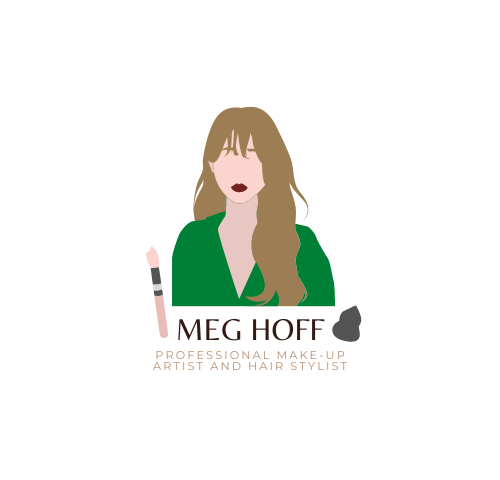Just like most fashion and beauty trends, many hairstyles of the day are just modern re-creations of looks from the past. Below, I have explored the historical contexts of four hairstyles I would like to use within my Image series.
Hair Cages
During the 18th century, powdered wigs were very popular amongst both men and women, a large change from the ideal bald look that was popular during the 17th century. By the end of this period women became very competitive over their looks, and would go to great lengths to out do each other. This lead to many women experimenting, by creating all kinds of shapes and heights with their wigs, even going so far as adding bird cages -with living birds inside- in to their hair pieces.

Even though this already sounds like a fantastical story in itself, the fact this idea is believed to have risen from a rat problem makes the story even better. When rats took over the cities during this period, it is believed they began burrowing in the warmth of these tall wigs at night. To prevent this from happening, it is believed women created wig cages to fill the inside of the space, crafting a barrier to prevent the rats nesting inside.

Although a practical technique at the time of invention, wig cages are now often used within creative editorial pieces to create over the top, avante garde looks. They are also often used within theatre and TV performances when referring to historical figures.
Finger Waves
The term finger waves is used to describe a method of hair setting, used to create waves and curls. This style first became popular during the 1920’s and early 1930’s, before rising to popularity throughout North America and Europe, once again in the late 1990’s.
Silver screen actresses such as Josaphine Baker and Esther Philips have since been credited for making this style popular. Josephine Baker’s stylist, Antoine Cierplikowski has also been named the first person to create this popular style.

As implied by the name, finger waves are created using the fingers, along with a comb, on wet hair. However, after the invention of the heated curling iron, a very similar style known as the marcel wave became more popular, as this look was quicker and easier to achieve, and had a longer lasting effect.
Since their appearance in a Marc Jacobs, New York Fashion Week, show in 2016, the style has become popular once again, within editorial beauty, and celebrity glamour.

Mohican
Mohican is a term used to describe a hair style where all of the head, except for a strip down the centre stretching from forehead to nape, is shaved. This style is typically worn stiffened, or erect in spikes.
Named after the people of the Mohawk Nation, a North American Indiginous group who originally spored the style, the look first rose to popularity during the media after the release of the popular 1939 film, Drums along the Mohawk.

Later on, during the 1970’s punk revolution, the style became popular again, amongst men and women who followed this cause. The punk rock movement was one of culture, and music, and its followers were keen to rebel against the current societal norms, and create their own subcultures. They represented these beliefs in their appearances, by sporting unusual hair, makeup, and outfit choices.
This hairstyle in particular was chosen to be worn as it was very extraordinary, therefore often causing a response of displeasure and disgust among the ‘common’ person. Therefore the followers of the punk rock movement were able to create the desired effect, while also channelling a message of authenticity within a fake world.

Today, many celebrities, influencers and musicians use this hairstyle as a way to make a nod of appreciation towards their punk rock idols. The style is also commonly seen within creative editorial looks, or used to create and symbolise certain kinds of characters within theatre, film and TV.
Slick back
Although fairly simple, and not necessarily linked to any particular period within history, this style is the current favourite within editorial beauty. Although its forms can vary, a sleek pony tail or bun is the current go to when creating make-up for campaign imagery.

As I am wanting to take large inspiration from editorial imagery, I think using this style for at least one of my looks will help really covey my ideas, and sources of inspiration within my work. Furthermore, creating a more simple hairstyle will keep all of a viewers attention on the make-up its self. Therefore, I think this is a clever consideration as the other styles I intend to use are very dramatic, which will likely pull some attention away from the make-up.
Furthermore, upon considering which look this would be best for, I think creating a look that draws all attention to the face will be a great choice when creating my body dysmorphic disorder piece. This will help to re-iterate the idea that when you see a flaw in yourself, you fail to recognise any other great qualities you may have.

